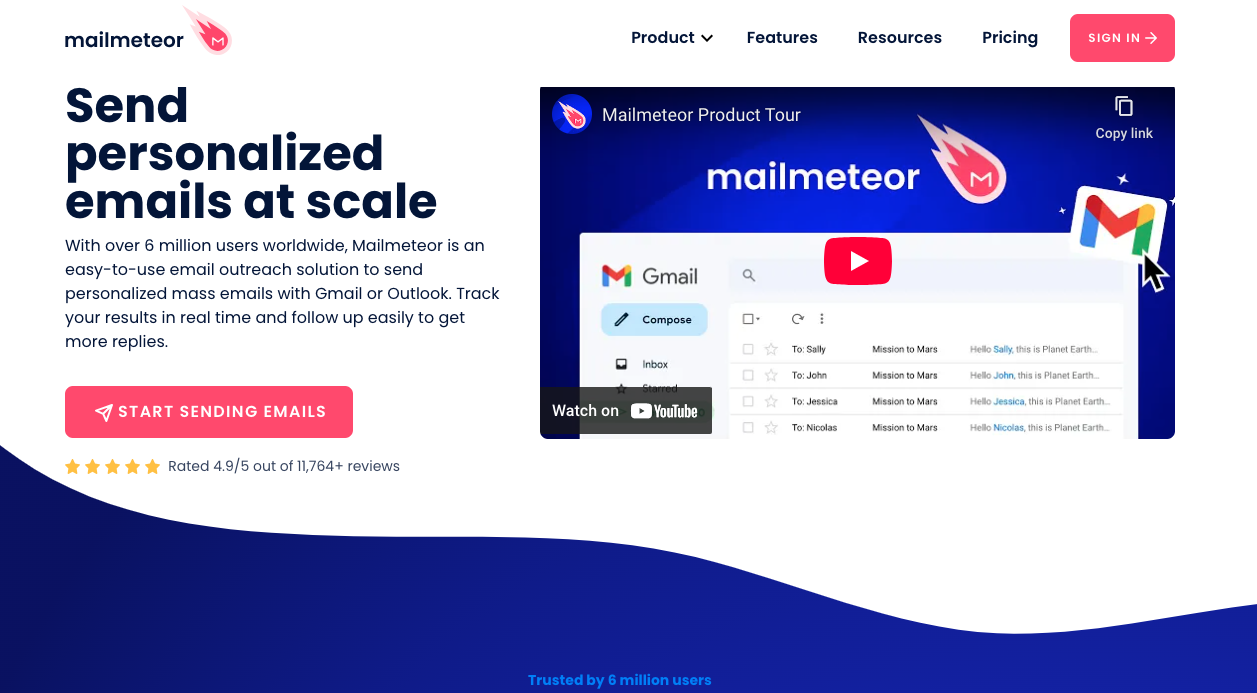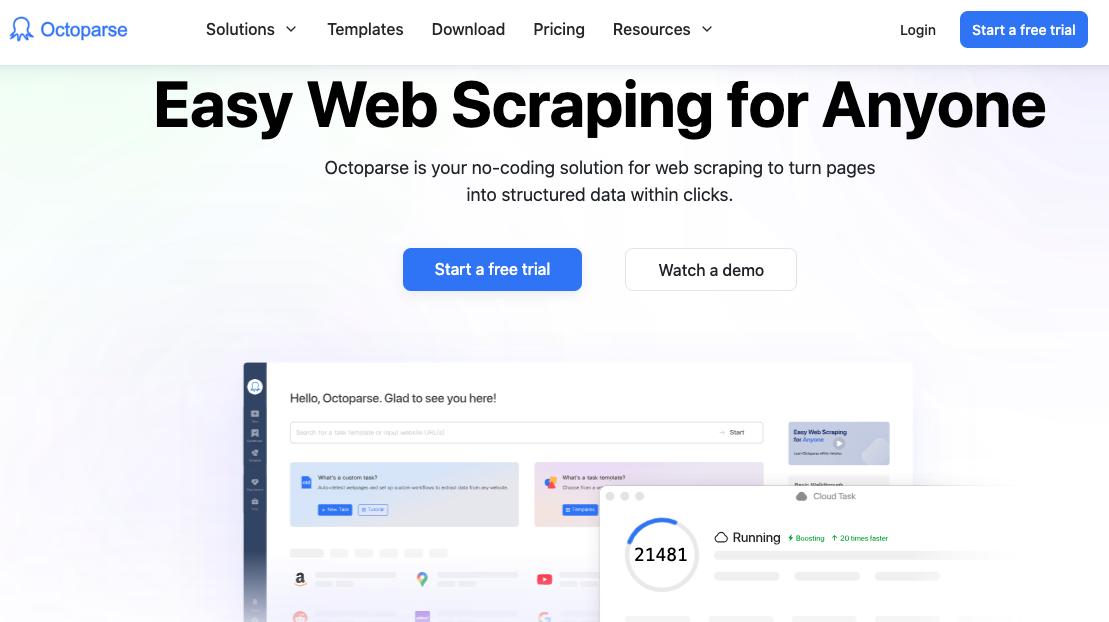Top Data Processing AI Tools
Data is really important for knowing what customers like and making businesses better. But what if there was a way to make this easier and get better ideas faster? That's where AI-powered tools come in. They change how you work with data by using smart programs to do tasks for you, find patterns, and discover things you might not notice on your own. These AI tools do more than just automate - they make working with data faster and help you understand it better.
Here's how AI is changing the game in data processing:
- Effortless Data Wrangling: AI automates tedious tasks like data cleaning, normalization, and transformation. Imagine spending less time fixing errors and more time uncovering valuable trends.
- Enhanced Data Exploration: AI tools can analyze vast datasets and identify hidden patterns, correlations, and anomalies. This empowers you to make data-driven decisions with greater confidence.
- Predictive Analytics: AI can learn from historical data to forecast future trends. This allows you to anticipate customer behavior, optimize resource allocation, and proactively address potential issues.
- Democratization of Data Analysis: AI-powered tools often come with user-friendly interfaces, making data exploration and analysis accessible to a wider range of users, even those without a strong technical background.
By using AI in data processing, you can streamline workflows, gain deeper insights, and make informed decisions, whether you're an experienced analyst or just starting.


